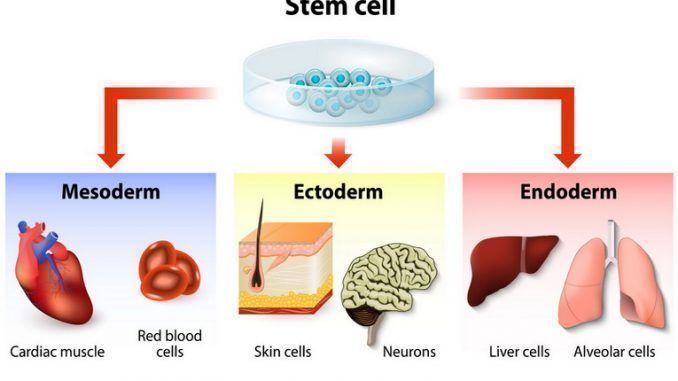
Umbilical cord because it is good to keep it
Umbilical cord, because it is good to keep it
The umbilical cord is a communication tissue that develops in the fifth week of gestation and continues to grow up to 50 cm in length, allowing the exchange of nutrients and oxygen between mother and baby.
The peculiarity of the umbilical cord lies in its being rich in mesenchymal stem cells, i.e. cells capable of differentiating into progenitors and thus playing a role in tissue repair and in the modulation of immune responses. This makes them applicable also in the tumor field 1 .
What are mesenchymal stem cells?
Mesenchimal stem cells are cells capable of proliferating, dividing and differentiating quickly giving rise to different body tissues (bones, skin, cartilage, muscles, fat) 2 .
Initially, they have been identified in the bone marrow, but can also be isolated by the umbilical cord. The umbilical cord collection procedure is painless, and the mesenchymal cells isolated from this district are able to self-relevant faster. 1 The tissues of the cordon from which the Mesenchimal Staminli cells derive are the coating of the umbilical cord, the perivascular region and the wharton 1 jelly .
The potential of stem cells
These stem cells have enormous potential in regenerative medicine for the treatment of nerve, cardiac and muscle diseases 2 . There are several clinical studies that use the mesenchymal stem cells of the umbilical cord tissue for autoimmune diseases, heart and vascular diseases, gastrointestinal diseases, neurological diseases, spinal cord lesions, skeletal lesions, and as regards The healing of wounds and the management of complications due to transplants 2 .
Storing the fabric of the umbilical cord is an important choice, since it allows you to have a greater number of stem cells available and, therefore, more treatment options 2 .
How the procedure for the collection and conservation of the cord fabric takes place?
Healthcare professionals take maternal blood and the blood contained in the cord, therefore they proceed with the collection of the fabric of the umbilical cord, working in sterility. Below, the operations performed for the collection:
- A saline solution is poured into the container intended for the cord fabric;
- A section of the umbilical cord, 10 to 15 cm long, which has not been perforated for the collection of cord blood;
- This part of the cord with sterile gauze is sterilized, to eliminate as many blood as possible;
- The section of chosen cordial fabric is cut;
- It sterilizes and fits into the special container 3 .
Sorgente offers the possibility of conserving umbilical cord tissue through the biobank. 2

